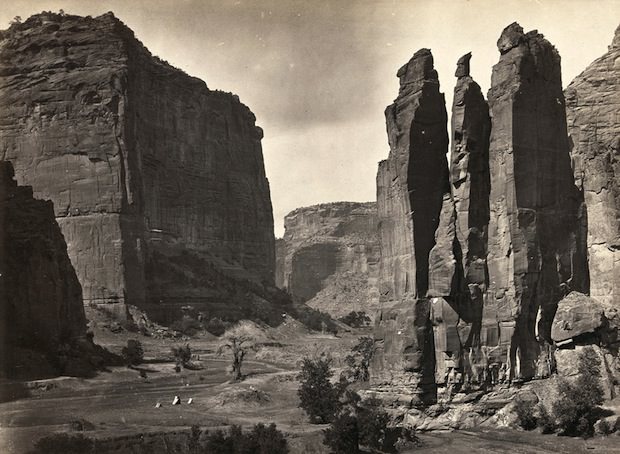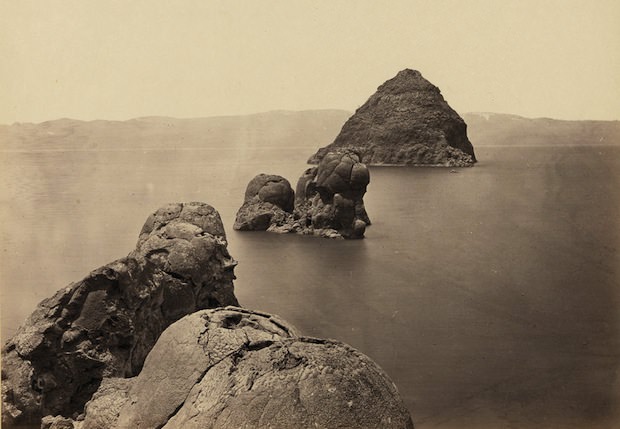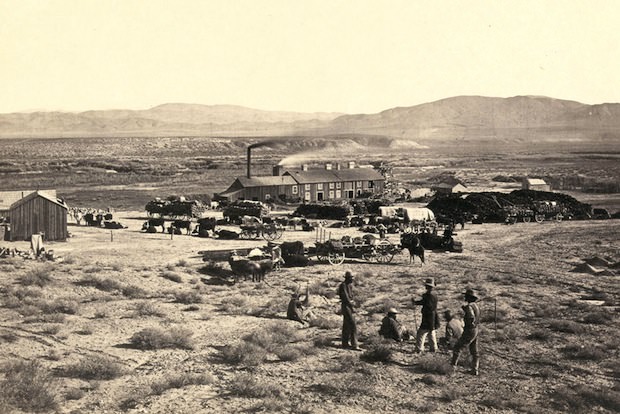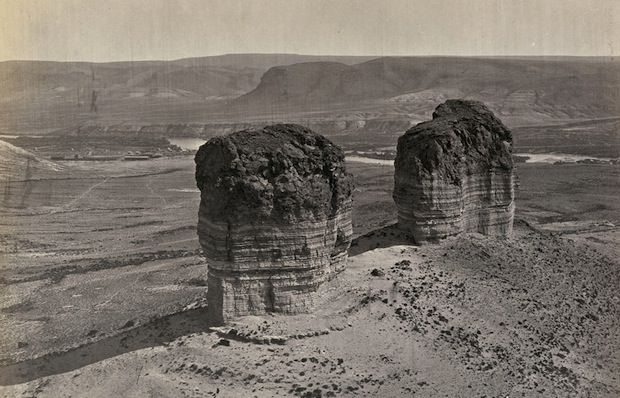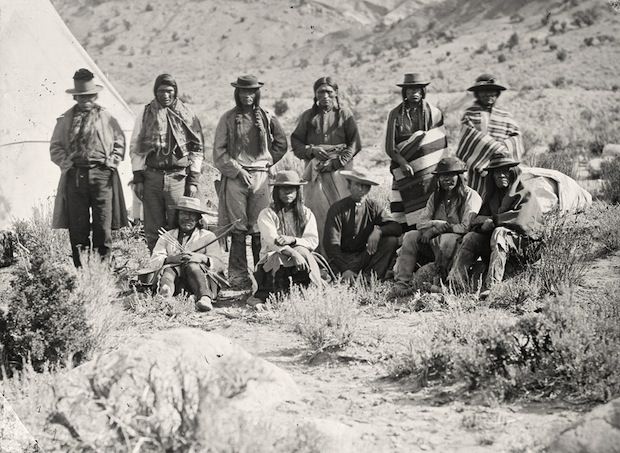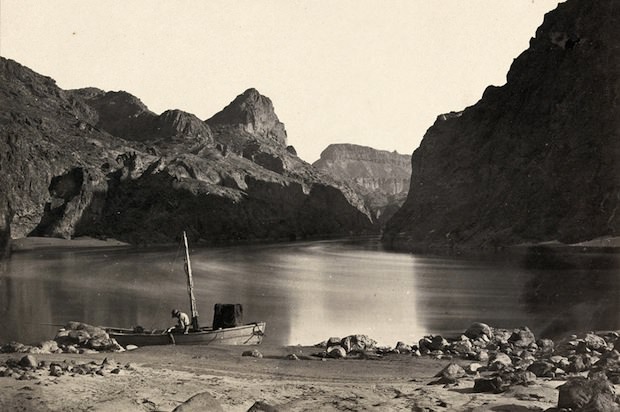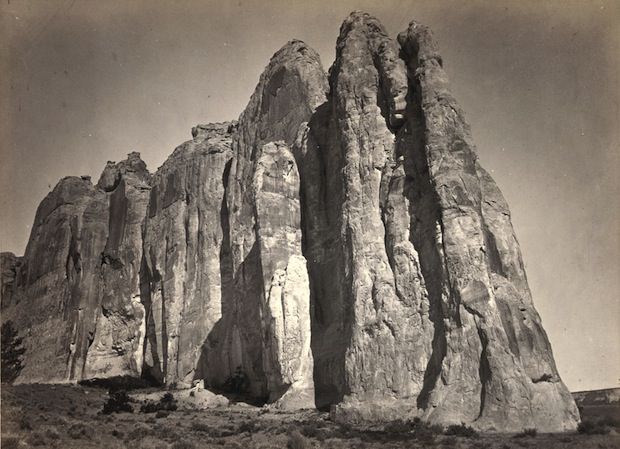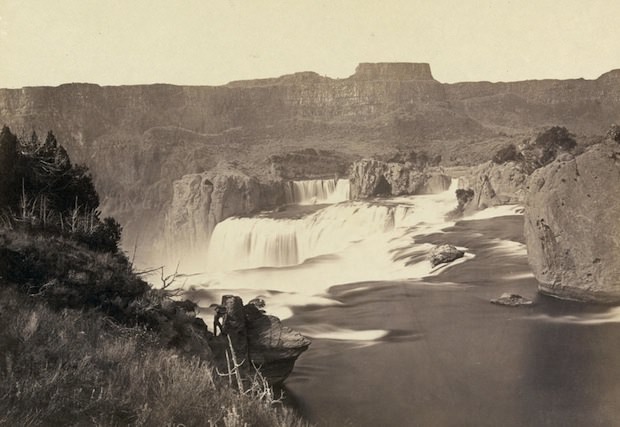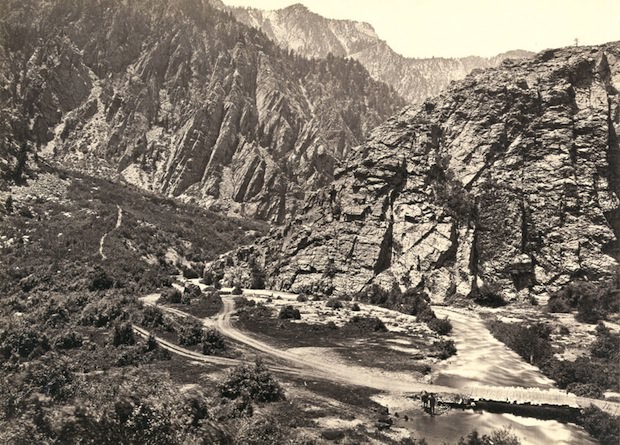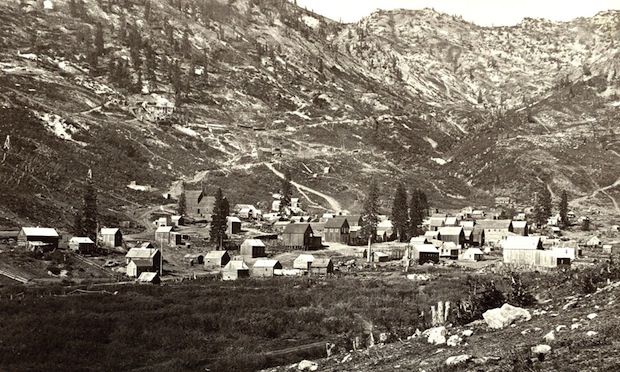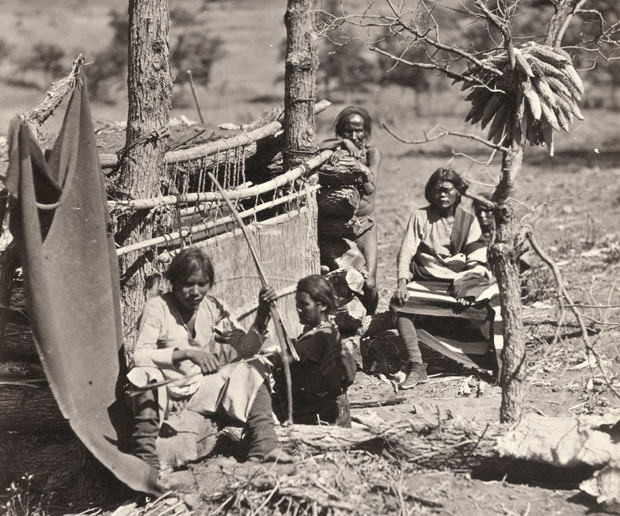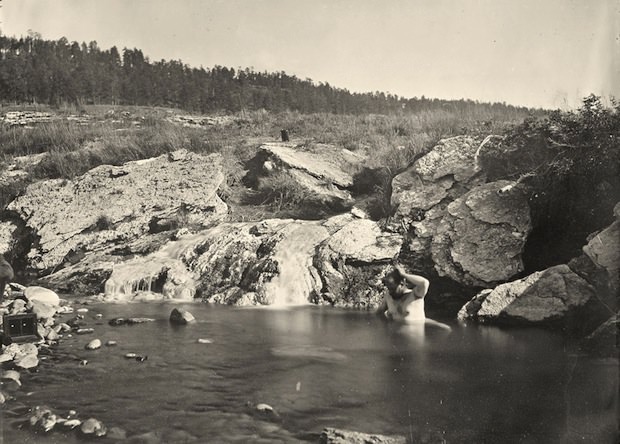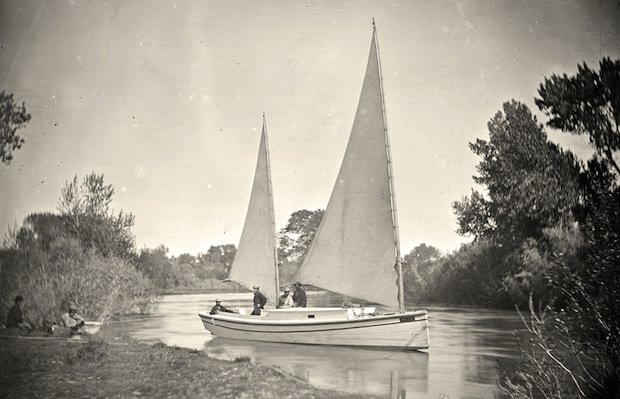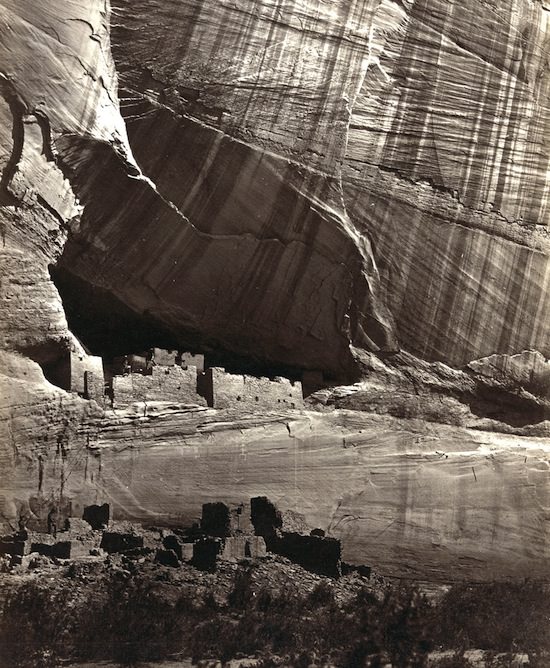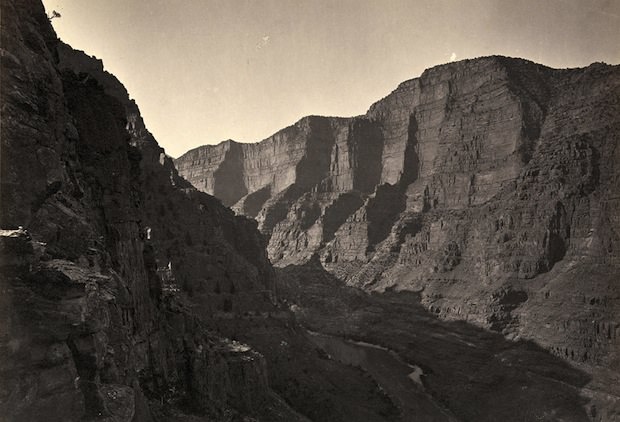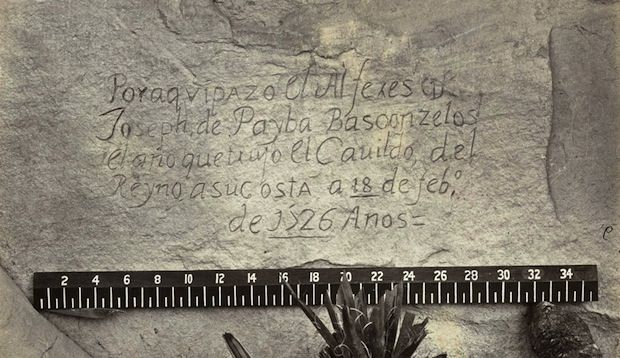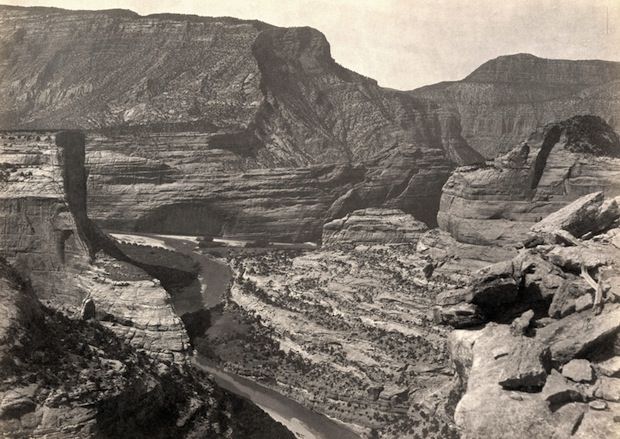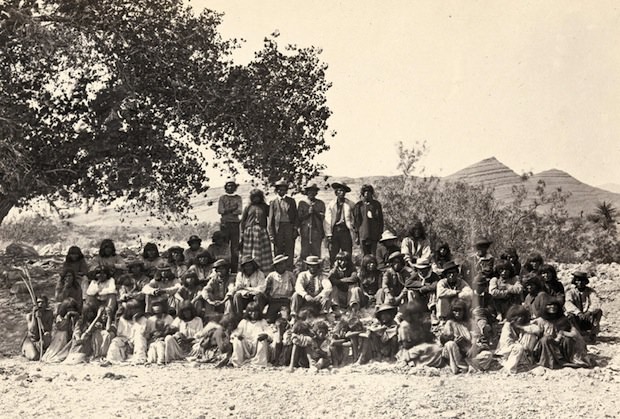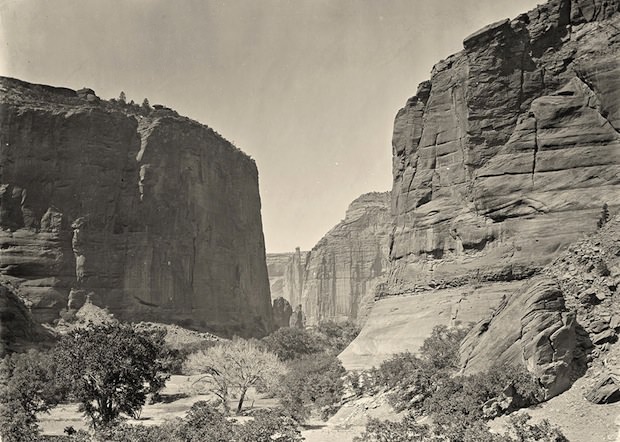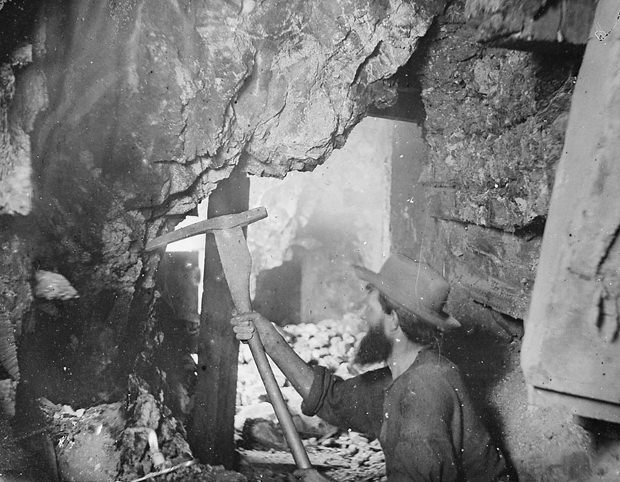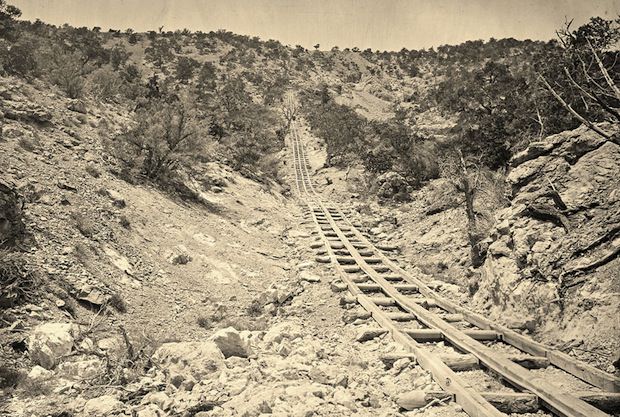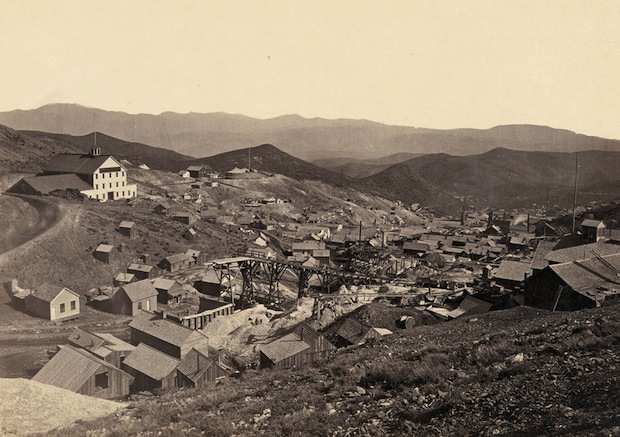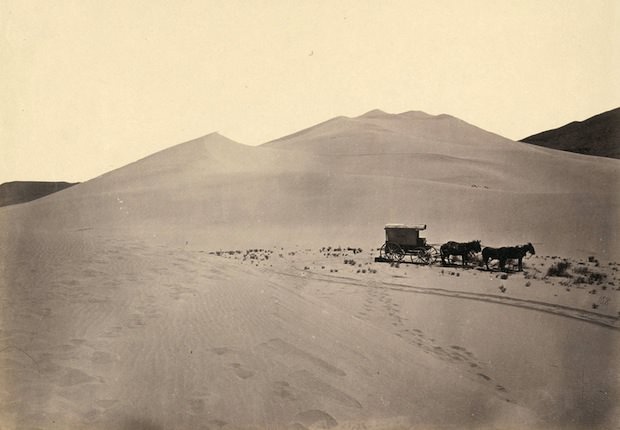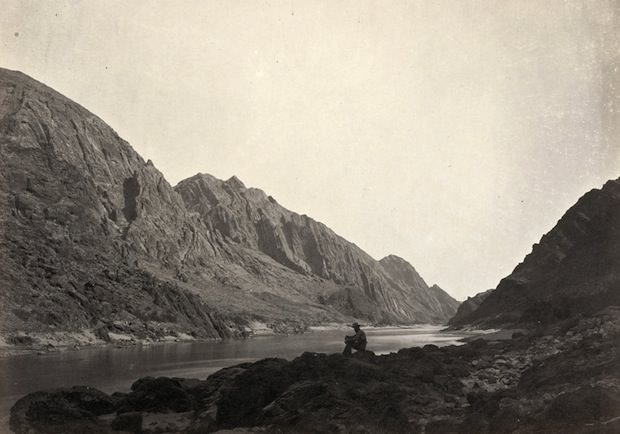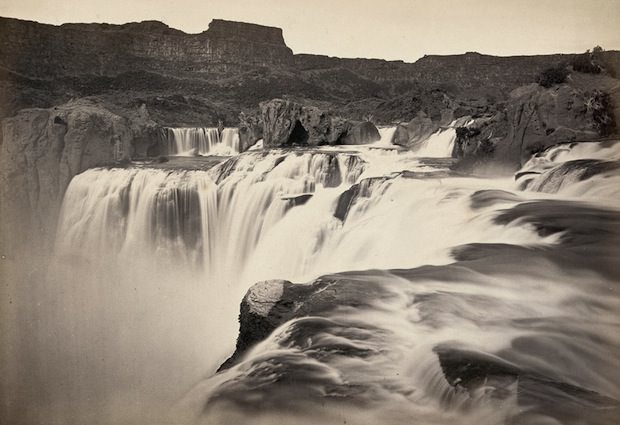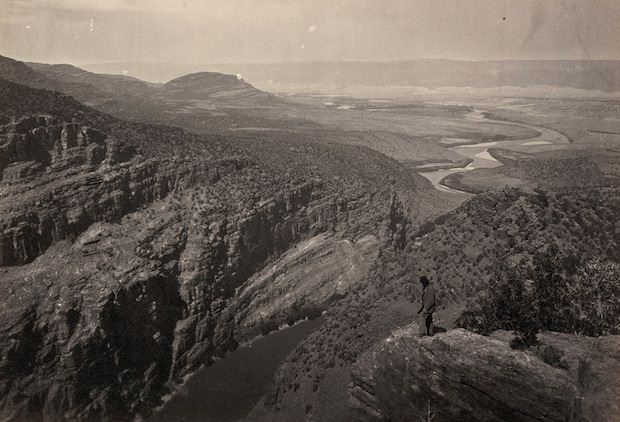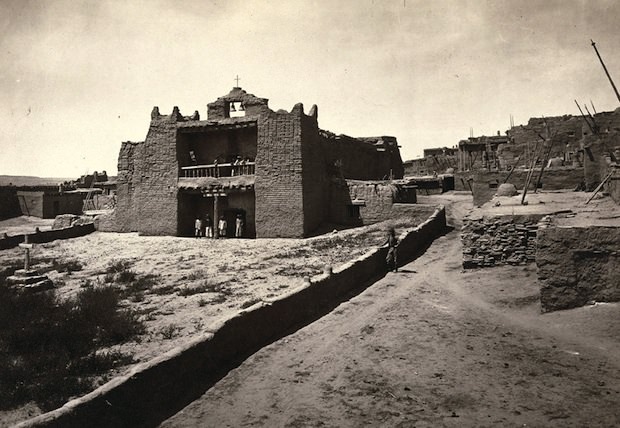Timothy H. O’Sullivan took his camera to the American West in the late 1800s. After photographing the Civil War, he joined government groups exploring these wild, unknown lands. These expeditions were important for mapping the West and understanding its resources. O’Sullivan’s job was to take pictures of what they found.
Between 1867 and 1869, O’Sullivan was with the King Survey, which explored along the 40th parallel. This took him to places with huge mountains, dry deserts, and strange rock formations. Carrying all his heavy camera equipment through this rough country was a big challenge. Photography back then was not easy; it involved glass plates and chemicals that had to be prepared on the spot.
His photographs show the amazing scale of the Western landscape. You see vast, empty spaces stretching out to the horizon. Towering cliffs and deep canyons fill the frame. These were places most people in the eastern United States had never seen, or even imagined. His pictures gave them a first look at the raw beauty and harshness of the West.
O’Sullivan also photographed the work of the survey teams. You see mules carrying supplies through rocky passes. Men are shown with their equipment, sometimes looking very small against the massive natural surroundings. These images show how difficult and remote the work was. They highlight the effort it took to explore and map these areas.
Read more
Later, from 1871 to 1874, O’Sullivan joined the Wheeler Survey in the Southwest. This expedition explored areas west of the 100th meridian. He photographed different kinds of landscapes, including dry canyons and areas with evidence of ancient peoples. His pictures from this time show dusty plains and dramatic rock formations shaped by wind and water.
The photographs from both surveys capture a moment in time before these areas were settled or changed by many people. They show the land in its natural state. You see rivers flowing through empty valleys and mountains standing tall under big skies. There are photos of geological features that the scientists on the expeditions were studying.


